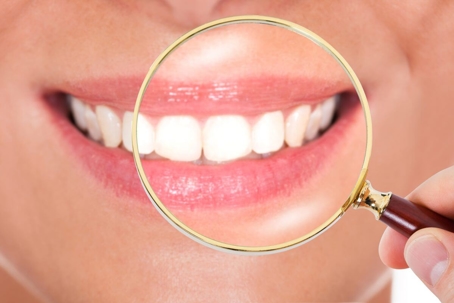Brushing and flossing are the best ways to help prevent cavities. Molars, our back teeth, are often hard to reach and clean. Anatomically, molars have deep grooves and a rough surface. This creates a place for leftover food to stick to, and bacteria to grow. When these bacteria and food particles meet, they produce acids that break down the enamel and cause tooth decay (cavities).
Sealants are an additional way to help protect the chewing surfaces of our molars from decay. A sealant is a clear or white, thin, a protective coating made from dental materials that when bonded adheres to the chewing surface of your teeth. Sealants can help prevent cavities from forming and inhibit the early stages of decay from progressing. The thin coating acts as a protective barrier that coats the anatomy of the biting surface. Sealants have been shown to reduce the risk of cavities in molars by 80%. However, sealants are not a substitute for brushing and flossing.
Applying a sealant is much less invasive than doing a filling. It is a simple and painless procedure. Sealants often last for several years before they need to be reapplied. The condition of sealants is checked routinely at periodic dental visits and can be reapplied as needed.
Children can benefit from sealants as well. The first molars erupt around the age of 6 and the second molars around the age of 12. Sealing these teeth as early as possible can help prevent cavities. Upon dentist discretion, sealants can be applied over early decay, preventing further damage.

